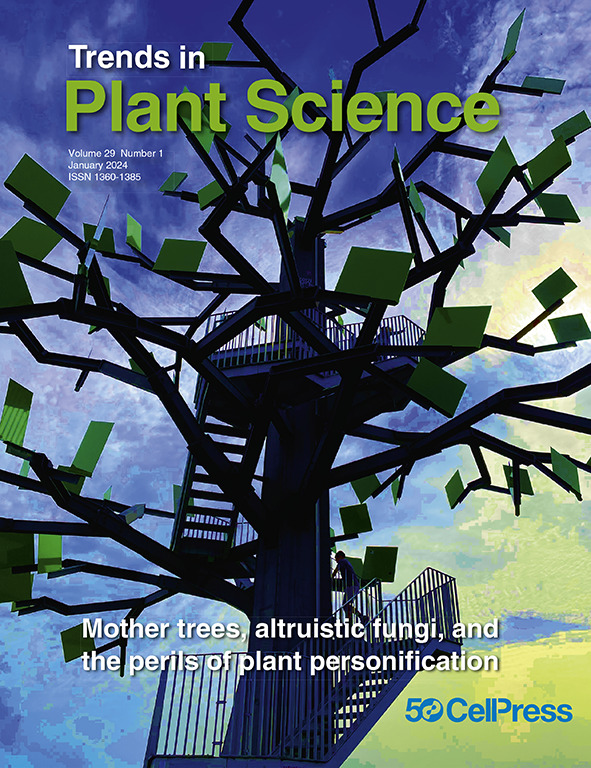低血糖指数大米:对抗亚洲糖尿病流行的健康饮食。
IF 17.3
1区 生物学
Q1 PLANT SCIENCES
Trends in Plant Science
Pub Date : 2025-06-01
Epub Date: 2024-11-29
DOI:10.1016/j.tplants.2024.11.003
引用次数: 0
摘要
2型糖尿病的患病率在全球范围内呈上升趋势,尤其是在以大米为主食的亚洲。因此,食用低血糖指数(GI)食物是必要的。在这里,我们回顾了低GI和高抗性淀粉(RS)水稻在降低糖尿病风险方面的潜力。通过标记辅助育种技术,在不影响产量和品质的情况下降低水稻GI的研究取得了进展。为了提高RS含量,采用了突变育种和基因组编辑技术。通过诸如“种子无国界”等政策倡议和对基因组编辑植物的广泛放松管制,在全球粮食系统中部署这些新品种仍然至关重要,这可以加快低gi和高rs水稻的更广泛采用。本文章由计算机程序翻译,如有差异,请以英文原文为准。
Low glycemic index rice: a healthier diet for countering diabetes epidemic in Asia.
The prevalence of type 2 diabetes is rising worldwide, particularly in Asia, where rice is a dietary staple. Hence, it is essential to consume low glycemic index (GI) food. Here, we review the potential of low GI and high resistant starch (RS) of rice to mitigate diabetes risk. Progress has been made in lowering the GI of rice without compromising yield and grain quality through marker-assisted breeding techniques. To enhance RS content, mutation breeding and genome editing were used. Deployment of these new varieties in global food systems remains critical through policy initiatives such as 'Seeds without Borders' and the widespread deregulation of genome editing plants that can expedite the wider adoption of low-GI and high-RS rice.
求助全文
通过发布文献求助,成功后即可免费获取论文全文。
去求助
来源期刊

Trends in Plant Science
生物-植物科学
CiteScore
31.30
自引率
2.00%
发文量
196
审稿时长
6-12 weeks
期刊介绍:
Trends in Plant Science is the primary monthly review journal in plant science, encompassing a wide range from molecular biology to ecology. It offers concise and accessible reviews and opinions on fundamental plant science topics, providing quick insights into current thinking and developments in plant biology. Geared towards researchers, students, and teachers, the articles are authoritative, authored by both established leaders in the field and emerging talents.
 求助内容:
求助内容: 应助结果提醒方式:
应助结果提醒方式:


